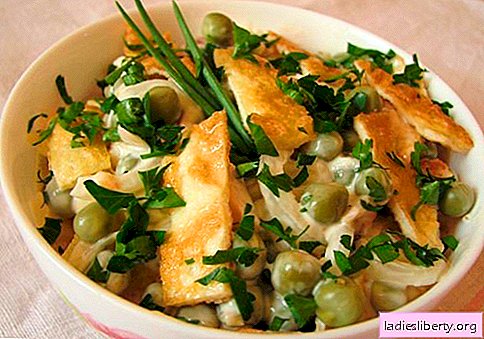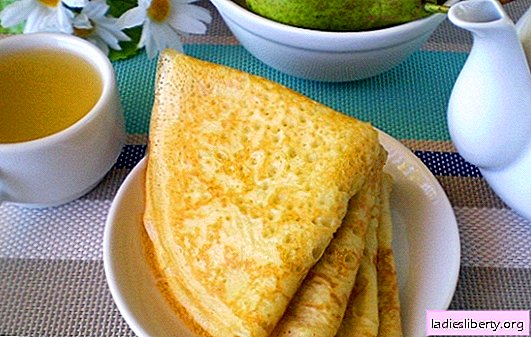
Rosemary cuttings in a flat of vermiculite.
Many lovers of indoor plants along with the soil add vermiculite, which is a mineral of natural origin.
It gives friability and porosity to the soil, contains minerals necessary for plants.
However, not all of them can be fully used by plants, therefore, in the presence of vermiculite, mineral fertilizers must still be applied.
What is a mineral
The substance belongs to the group of hydromica. This mineral was formed due to natural factors, under the influence of wind and rain washing out biotite mica.
It has a yellow-brown color, consists of plates. It is heated to a temperature of 900 ° C to obtain an expanded shape.
The plates turn into columns, somewhat reminiscent of worms, which is why the mineral was given this name.
Vermiculite has a unique ability to absorb liquids. For example, 100 grams of the product can absorb almost 400 ml of water.
Vermiculite is useful in the application of various fields, as it has many positive properties and qualities, namely:
• low heat conductivity;
• environmental friendliness;
• heat resistance;
• low density;
• durability.
And:
• it does not absorb moisture from the air;
• does not decay;
• rodents and plant pests do not start in it;
• it does not contain heavy metals;
• it does not emit toxic substances.
Application of vermiculite: seedlings, indoor flowers, storage of planting material
Vermiculite is a practical material that is widely used in growing plants, including domestic ones.
is he good for rooting cuttings of flowers; it can sprout seeds; it is convenient in that it is a sterile material, so the stems do not rot and fungi do not start.
Since the mineral has low thermal conductivity, it is an excellent protection of plants from cold and heat at different times of the year. In the summer from overheating of the roots in the hot sun, and in winter from hypothermia on the windowsill.
Vermiculite is usually mixed with soil in different percentages, you can even fill them with pots by 50%. With its addition, plants develop much faster and better, the roots are evenly distributed over the soil. With the presence of vermiculite, the soil does not cake, retains moisture well, reduces the acidity of the soil, since it itself has a neutral reaction.
This mineral can be used to store bulbous flowers. They maintain normal gas exchange, do not rot, diseases do not stick to them and they are well preserved until the next season. It can also be used as drainage, pouring to the bottom of the pot.
This is a great tool for growing hydroponic crops.
They can mulch the topsoil in a potso that a hard crust does not form.
Tips & Warnings
Before vermiculite is added to the soil, it will need to be washed in running water.
If you need to apply again, it is washed again, and calcined in a pan.
Unfortunately, vermiculite interferes with an accurate diagnosis of the presence of pests in the soil.
It must be remembered that when applying vermiculite to the soil, plants need to be watered only with soft or boiled water. Otherwise soil alkalization may occur, plants will cease to develop normally.
They say that after 2 months the plants may die at all!
If there is a mineral in the soil, there is no need for frequent watering of plants, since it absorbs moisture, perfectly stores and gives it to plants.
To grow indoor plants, add looseness to the soil, and preserve moisture, it is practical to use a mineral of natural origin - vermiculite.
It is worth paying special attention to it and using it in your practice.











